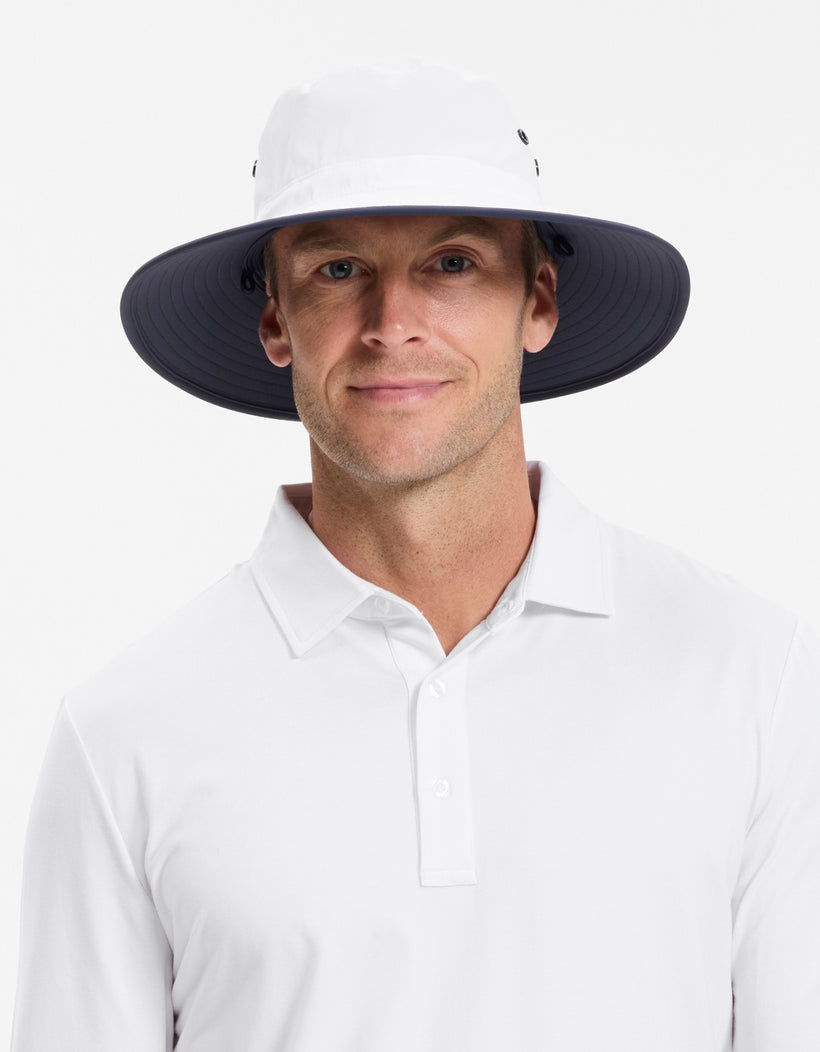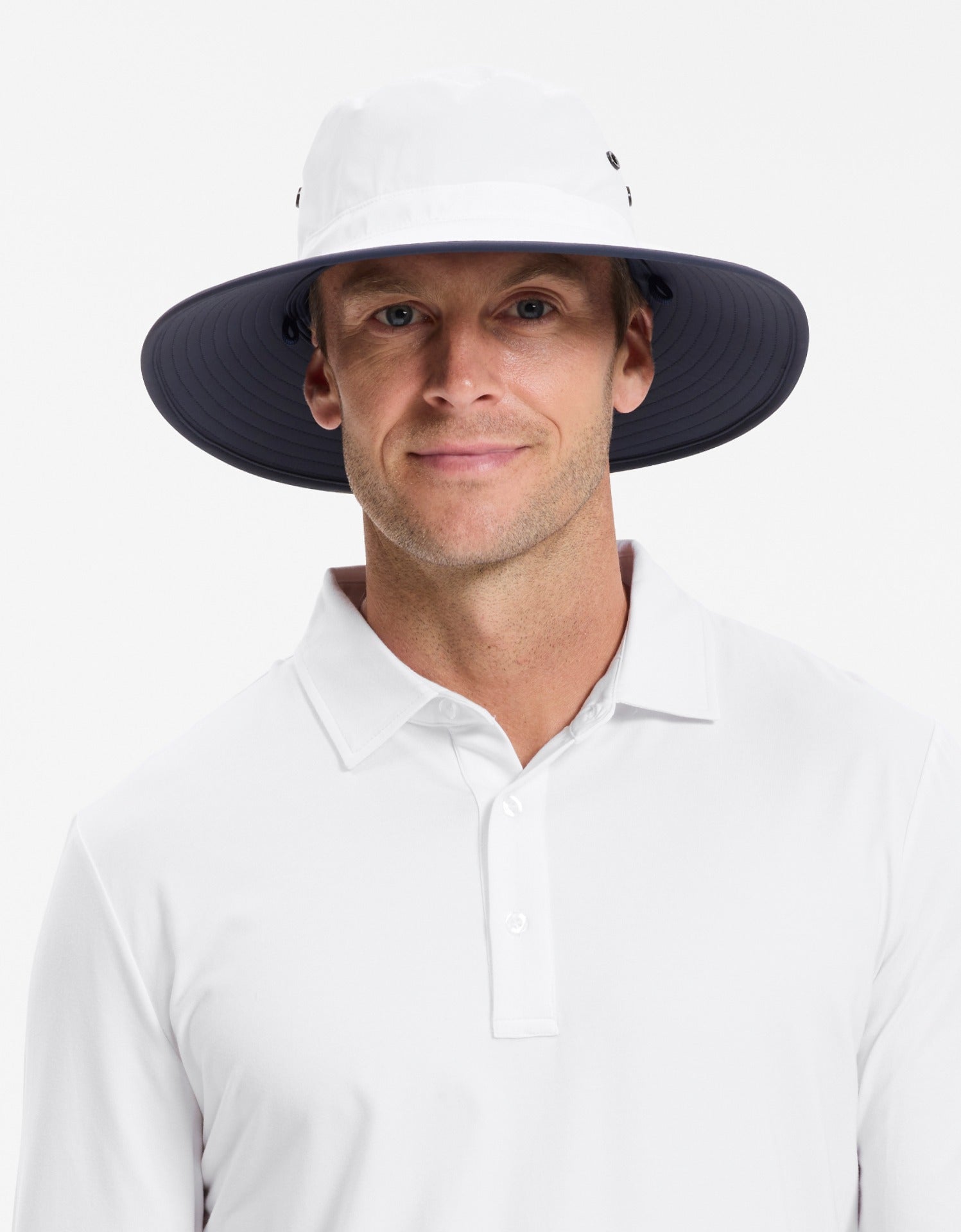What you may not know about melanoma

Many of you have heard about melanoma. A number of you have been affected by the disease.
Melanoma is the most common cancer diagnosed among Australian adolescents and young adults. In the United States, it is the most common form of cancer for young adults ages 25 to 29 and the second most common cancer for people 15 to 29 (Source: American Academy of Dermatology).
It affects people of all skin tones
Individuals with more pigment in their skin have a lower risk of skin cancer because they have more protection from the sun, but that doesn’t give them a free pass to skip sunscreen or sun protective clothing.
It may not develop in an existing mole
Melanoma is the most aggressive form of skin cancer. At only 1 millimetre deep, it can penetrate the blood stream and metastise to the lungs, brain and other organs.
It can happen in people with few or no moles
Most melanoma symptoms include a change in the:
A - Asymmetry (one half is unlike the other half)
B - Border (an irregular, scalloped or poorly defined border)
C - Color (is varied from one area to another; has shades of tan, black or brown; is sometimes white, red or blue).
D - Diameter (melanomas can be as small as a pin head but usually greater than 6mm when diagnosed)
E - Evolving (a mole or skin lesion that looks different from the rest or is changing in size, shape or color)
It is recommended to visit your GP or dermatologist if you notice any of these changes.
It may not be a mole at all and can appear in areas not exposed to the sun
Melanomas can also look like a bruise that doesn’t heal or a dark streak under a fingernail or toenail.
Melanoma can also appear in your eyes.
It’s the deadliest form of skin cancer … but if caught early, the survival rate is very high.
The SOLBARI voice
At SOLBARI we encourage our friends, family and clients to check their skin every month and to get to know their skin.
Make the most of the outdoors and have fun but remember to wear sunscreen (reapplying every 2 hours) and sun protective clothing with a UPF50+, which protects your skin and blocks more than 98% of UVA and UVB rays.
Dermatologists and medical doctors recommend Solbari sun protective products as a great way to protect your skin from the sun's harmful UV rays and maintaining a healthy skin.
You can find out more about Solbari's certified UPF50+ sun protective range by clicking the links below:
Women UPF 50+
Men UPF 50+
Sun Hats UPF 50+
Accessories UPF 50+
SPF 50+ Sunscreen
Skin Check App












